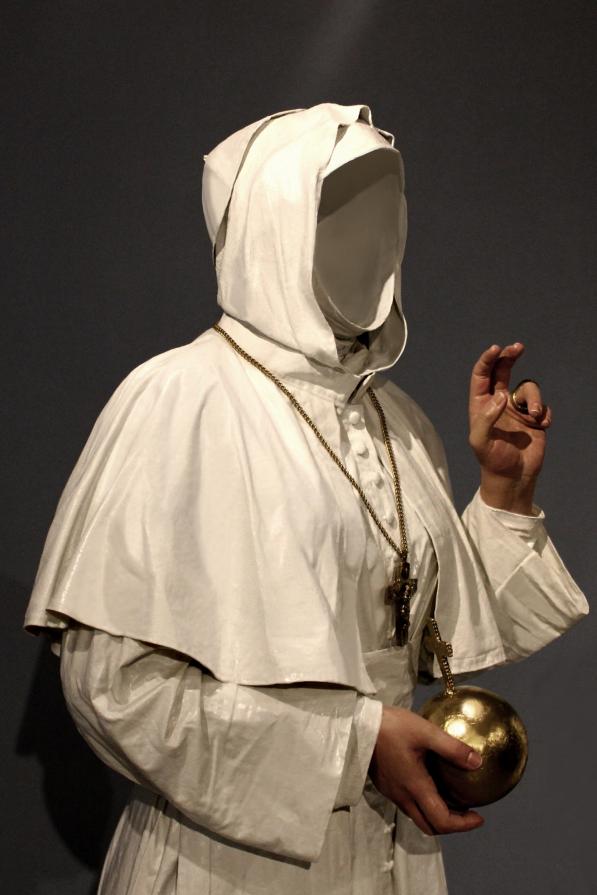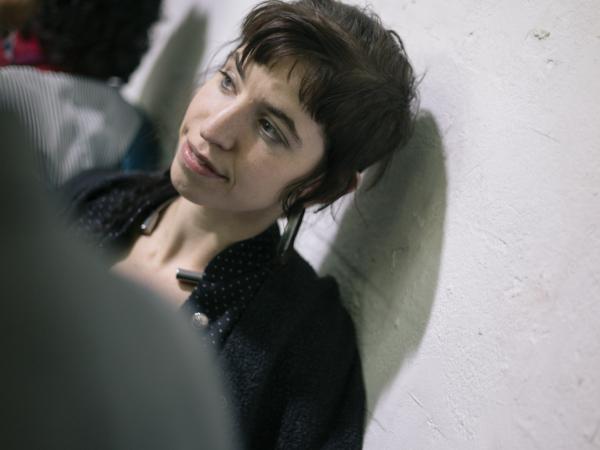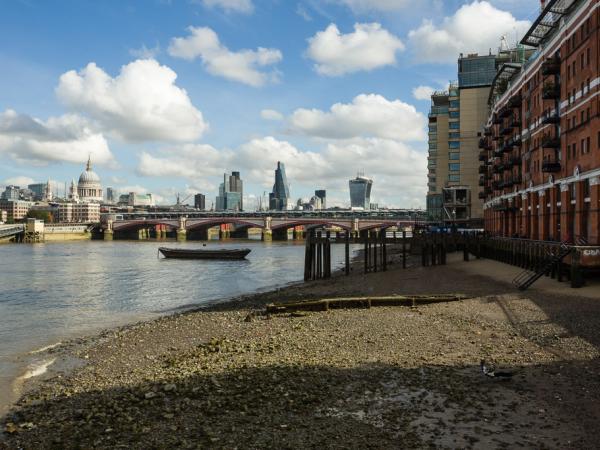"Testiculos qui non habet, Papa Esse non posset"
by Alessandra Mazziotta
[…] “Man is a mystery. I delve into this mystery because I want to be a man,” said Dostoyevsky. And it is from this quote that Fatima Messana’s fascination with human nature seems to come, a human nature in which she perceives a profound contradiction of the instinctive-rational “beast”, identifiable in a “social animal” that creates and destroys - at the same time creating and destroying itself - generating a chain of historical processes that usually repeat themselves. This repetition becomes memory, blending past and future into a present coexistence.
We have before us an artist who wants to deal with the truth by measuring herself in a dialectically open relationship with reality, a powerful source of reflection.
For Messana, sculpture becomes the fruit of this reflection, transformed into an incredible means of communication; what Fatima Messana herself defines as creatures, are the result of important research into existential themes, which tackles the contemporary social delirium without filters. The form’s realism takes on a very central role, even achieving a hyperrealism and allowing the message to become transcendent for the viewer, an emblematic and sometimes mocking message.
Messana is an artist who has identified and chosen her path well, and she does this with the consistency of someone who has much to express. She investigates life and death, but also burning topics such as religion and politics, until she arrives at the most spiritual reflection for mind and body in the state of intolerance and appearance that assails the Being, in a perverse cyclical pattern that must comply with Man.
Her humanoid sculptures are redolent of a potential allegorical reflection that is even more original than the contemporary influences. The most striking example can be found in thework entitled “Testiculos qui non habet, Papa Esse non posset” taken from “Prova di virilità (Virility Test)” by Francesco Sorrentino. The sculpture is inspired by the myth/legend regarding that probable and unique female who ascended to the papal throne, and who may have governed the church under the male name of Giovanni (John) VIII from 853 to 855.
According to the narrative, the papess did not exempt herself from sexual practices and became pregnant. In the solemn procession of Holy Easter, the papess, after having celebrated mass in the Basilica of St. Peter, returned to the Lateran; during the Papal Procession, the crowd’s enthusiasm frightened the horse ridden by the Pontiff. Following the animal’s violent reaction, the papess went into premature labour. Once the secret was discovered, the papess suffered the indignation and anger of the crowd, which dragged her by her feet through the streets of Rome and later stoned her to death. There are numerous versions of this story such as the onereported in the texts by Martino di Troppau, according to which Pope Joan may have died as a result of the
labour or, once her identity had been discovered, was locked away in a convent.
The crucial part of the legend is a ritual that was never actually performed, but idealized and taken up again, in an anti-Roman key, by 16th-century Protestant authors. There was an assumption that every pope, before ascending to the throne, had to be subjected to an embarrassing intimate examination attesting to their virility.
The examination consisted of making the future pope sit on a red porphyry commode, in the presence of a forum: the young deacons had to ascertain that the future pope had masculine attributes. For this and all her other works, the artist starts by creating a preparatory sketch to make the armour: the soul-skeletons of the sculptures that are made of iron covered with plastic material and modelled like clay; following this she makes plaster or silicone moulds according to the shape she intends to create, then goes on to use resin as the final material.
In the work “Testiculos qui non habet, Papa Esse non posset”, the body that Messana has modelled is dressed in a hand-sewn garment in which the portrayal of a woman is recognizable, a papess, to be precise, devoid of a face and an identity. It becomes an even greater critical reflection, on the part of the artist, on the theme of exclusion, still in existence today, of women from exclusive and secularized positions, the prerogative of the male gender. But it is also a reflection on the truths and lies that can hide behind a white robe. The sculptural figure elegantly flaunts a blessing hand wearing the papal ring, with the other holding the orb. There is symbolic tradition in this, with the exception of the cross hanging from the neck, where there seems to be no crucified Christ, but a body with feminine features.
This artistic work bases all its essence on the controvertible cyclical nature of a present absence and an absent presence, attributable to the eclectic and elusive movement of postmodern philosophy. But it tends to become, metaphorically, a voice for liberation from convention, schemes, true or fantastic histories. But above all, it wants to put forward a fertile seed for deep reflection and legitimate questioning.Messana’s ability lies not only in the impeccable and sage nature of her artistic production, but also in her suggestive ability to win over the curious eye of the viewer who, apparently unaware, finds himself having to tackle open questions; the artist grants the viewer the gift of free interpretation: only then is the work complete.
The contemporary essence in this art comes from the message that the work conveys, and while its rendering is even more suggestive, the viewer will find himself facing a spectacle that takes shape in reality and draws deep inspiration from it; the result is very strong works with great appeal”.
by Alessandra Mazziotta
(Art critic / curator)











Comments 0
Say something